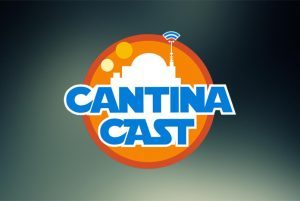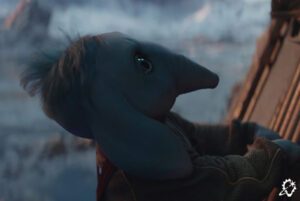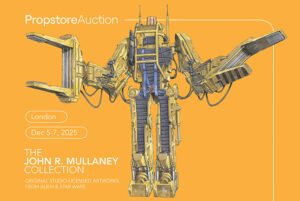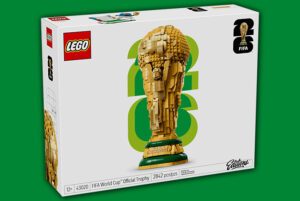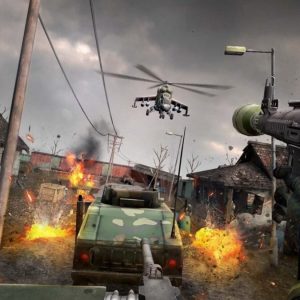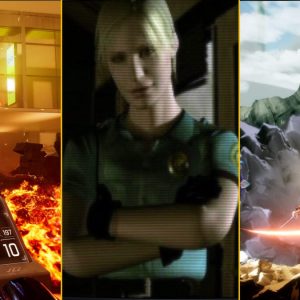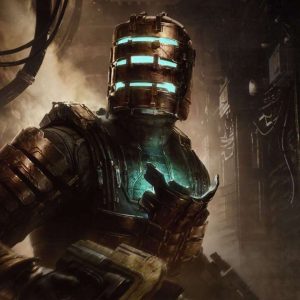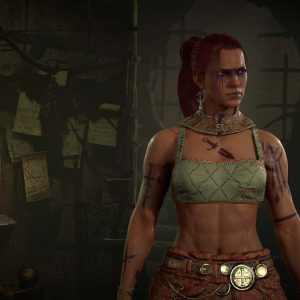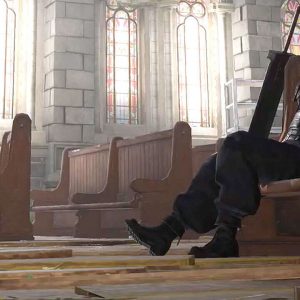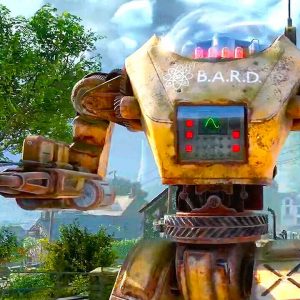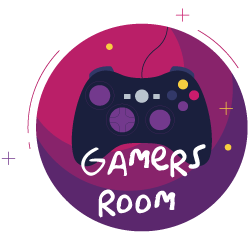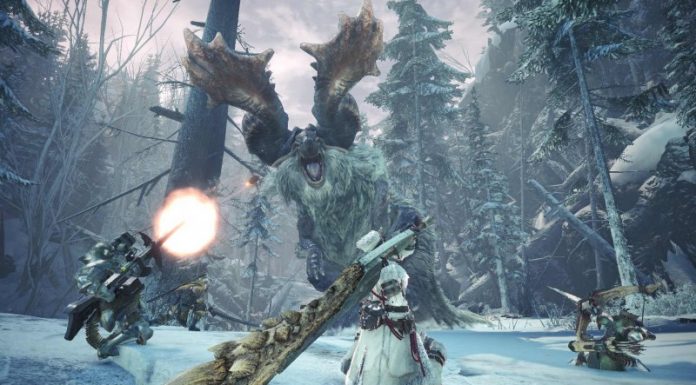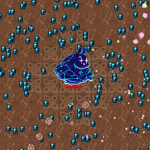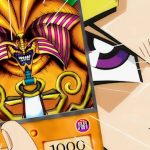I like to think of the mainline Dragon Quest series sort of like a donut. A donut may have sprinkles on top, be glazed, or maybe tied in a knot, depending on where you get it, but at its heart, you know what to expect when you bite into one. You know you will get a delightful treat of fried dough, sweet, and usually covered with some sort of other goodies, and in Dragon Quest’s case, you know you can expect a grindy turn-based RPG, the distinctive designs of Akira Toriyama, and the vexation that comes with trying to dispatch smiling metallic blobs. That familiarity is comforting and the differences exciting, all at the same time. Dragon Quest is the same way, and even after nearly 40 years, even the latest entries all these years later, feel like a DQ game. After sinking my teeth into the upcoming Dragoon Quest VII Reimagined, slaying slimes and solving mysteries, this latest looks to retain that same DQ goodness.
Dragon Quest VII Reimagined marks the third iteration of Dragon Quest VII, the best-selling entry in Japan, following the original 2001 PlayStation release just before the PS2, and the mid-2010s 3DS remake.
Running around the dreary village of Wetlock, where my demo took place, I got a good look at the new art style of Dragon Quest VII Reimagined in action. Coming off the sprite-based goodness of the HD-2D Erdrick Trilogy remakes of Dragon Quests I & II, seeing this new handcrafted style was quite a spectacle. The use of real-world materials as textures in the clothing and gear of the main characters, thanks to the highly detailed puppets that were made and scanned in, gives this version of DQVII, and Prince Kiefer’s broad chin, a distinct vibe and feeling all of its own.
Speaking to Reimagined’s producer, Takeshi Ichikawa, he explained that this shift in style was done to better capture the unique proportions and style that the characters in Dragon Quest VII have. “They’re drawn shorter than the other mainline Dragon Quest characters. So we kind of wanted to leverage that. We explored a lot of ideas of visual styles that leverage the adorableness and the cuteness of those short characters.”
Taking out my reverence for sprite-based games, the new style of Reimagined is impressive, but at least for me, it took some getting used to, and one that I’m not entirely sold on just yet. As you might expect from a DQ game, the distinctive art of Akira Toriyama is expertly rendered in this new way, but with representations of real-world materials such as the weave that made up the Bag O’ Laughs enemy, or more pronounced scales, felt… odd? It’s hard to describe, but it’s that “off” feeling whenever you see a more realistic version of your favorite cartoon or anime character, like seeing actual hair strands on Goku. Okay, maybe it isn’t that level of odd, but you get my point.
I also noticed that the colors seemed rather muted compared to what I’ve come to expect from these games and Toriyama’s Dragon Quest work. The green of the hero’s little hat and outfit that I am used to being a vibrant spring-time green looked more like the color of a cloak – like what a sneaky elfish ranger may wear when trying to be seen among the brush, for instance. I’m also a bit bummed that we are losing out on party members changing their appearance based on the vocation they have equipped that was featured in the 3DS version, but I imagine making that many outfits for the puppets would have taken a considerable amount of time to do, and then scan in for the game, so I’m willing to forgive that one.
Trimming the Fat
Square previously mentioned that, for Reimagined, the team removed non-critical storylines and other content, including Grondal, El Ciclo, Providence, the Casino, and more, to streamline the experience and make it more approachable. One area that the team has paid special attention to is the opening few hours, which, speaking from experience, really drag on, with your first encounter with a slime not coming until close to three hours in. It was a barrier that caused even Ichikawa-san to give up the game back when he first played it as a child in elementary school. Thankfully, he promises that you will be slaying your first critter within an hour of starting up the game this time.
I realize hearing terms like “streamlining” or “more approachable” – along with the mention of cut content – may be off-putting to hear for some folks, or even causing some to be concerned that Reimagined will be a “diet” version of Dragon Quest VII. Obviously, the small snippet I did get to try out doesn’t give me much insight into how the cut and adjusted narrative content impacts things. At least from a gameplay standpoint, Reimagined feels just like a Dragon Quest game should, with the new mechanics and features feeling right at home.
Get a Second Job
Dragon Quest VII is part of the small and exclusive club of series, alongside the likes of Dragon Quests VI, IX, and III, that features a vocation system that lets you swap around the jobs, and as a result, the abilities of your party members. Reimagined further expands on this with the introduction of Moonlighting, which allows each character to have not just one, but two jobs, with abilities to pick from and level up, giving me flashbacks to Final Fantasy XII: The Zodiac Age. I am a self-admitted job-system sicko, and even though a ton of jobs were still locked and hidden in the snippet I played, I could have easily spent my entire time tinkering around with different combinations of roles and seeing how they played off of each other. I appreciated that Reimagined also clearly shows what the requirements are to unlock new vocations, too, meaning I will be able to really target the ones I want when Reimagined releases!
After fights, I would earn vocation points that act as experience that will level up whatever ones I had equipped. It looks like Reimagined pulls from the 3DS version’s school of vocations, as my characters could only use skills of the jobs they had equipped. Vocations also come with associated “Perks” —special actions they can take when specific criteria are met, essentially a Limit Break of sorts. These can be big attacks, heals, or buffs that will help you turn the tide of particularly nasty boss fights, which Dragon Quest games are never lacking in.
Finding Fragments
The aspect of Reimagined that I was most interested in checking out and seeing how this latest version would handle was the magical fragments, which are, debatably, the most defining mechanic of this seventh installment. These artifacts, which you collect and then stick together like LEGO to reveal new locations to visit, can be a real pain to find. The previous 3DS remake had a special finder on the system’s bottom screen that would alert you when one was nearby, and really eliminated a good bit of the frustration and headache from tracking the suckers down, so I was really curious how this new game would address it.
This time around, fragments simply will show up on your minimap. When you collect them, they will appear greyed out, alongside a support system with the strange Caretaker and adjusted locations for the pesky tablets to make the whole hunt easier. I do hope there is still some challenge in finding fragments in the final release. I don’t need to feel like Indiana Jones uncovering a long-lost and forgotten artifact, but I don’t want to feel like a toddler picking out the square from an assortment of circles and triangles either.
Tweaked for You
There were other handy little tweaks and additions that aided me in my quest to discover missing townsfolk around Wetlock. I stumbled on special Goddess statues that I could save and heal at, which made them far more attractive spots to do some level and job grinding. Reimagined brings over some of the help options from the HD-2D remakes, like being able to toggle fully healing when a character levels up and adjustable difficulty settings, among others, to help bring this tale into the modern era with modern expectations. One unfortunate feature that Ichikawa-san and the team weren’t able to work out was a good way to use the lizard-gecko creature in this new game, never making it past early discussions on how you could utilize this creature. But at least our favorite little critter has made its triumphant return to the character art for the hero after being completely absent from the 3DS release.
When Dragon Quest VII first came to the West in 2001, a year after the PlayStation 2 was released, its dated sprites on 3D backgrounds were competing with the evolutionary leap of the RPG in Final Fantasy X that same year. The 3DS version suffered a similar though not as troublesome, release window in the States, coming to the aging handheld a mere six months before the Switch would begin its campaign to conquer the world with the likes of Xenoblade Chronicles 2, Super Mario Odyssey, and a little game called The Legend of Zelda: Breath of the Wild, redefining what was possible with a handheld gaming device. Dragon Quest VII Reimagined marks the first time that this story is being told from a standpoint of being already outdated on arrival in the West.
After my 45 minutes were up, I had successfully solved the mystery of the disappearing citizens of Wetlock, climbed to the top of a tower to avoid a devastating flood, and vanquished the monster behind it. All in all, a typical day in the life of a Dragon Quest hero and his friends. While many aspects of Dragon Quest VII Reimagined are still a mystery, all of those special little qualities and personalities that have kept this series going for almost 40 years are still on display. I am eager to see all that this new version has to offer and just how the removal of some story beats and addition of new ones impacts the overall campaign, along with what the new gameplay mechanics bring to the Dragon Quest DNA. 2026 may just be the year that the rest of the world really sees what has made Dragon Quest VII the best-selling entry over in Japan, giving it the stage to finally shine.

